Happy to say that this work will be on show as part of Manningham Councils’ Victorian Ceramics Awards this year.
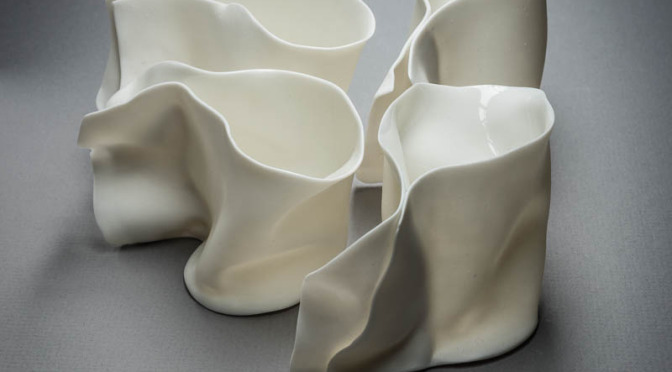
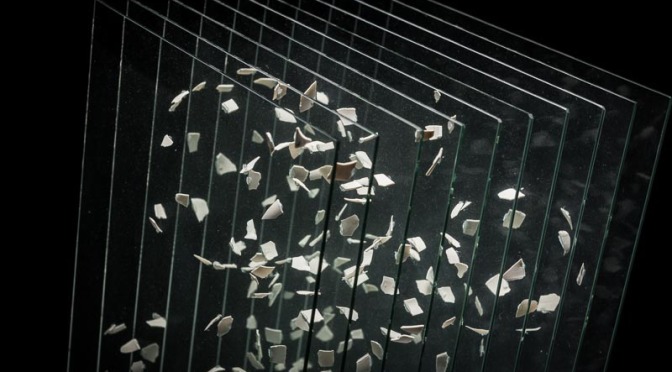
Photo by Christopher Sanders Photography. So happy with these images.
Happy to say that this piece was recently included in
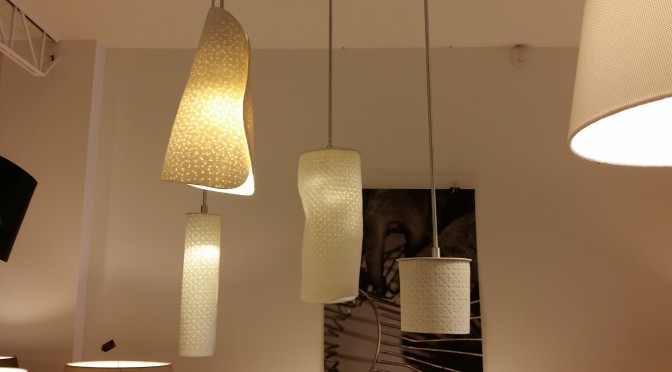
The Stippled Porcelain Lighting Range was shortlisted in the Interior Design Excellence Awards 2014(IDEA)
Category: Object – furniture and lighting.
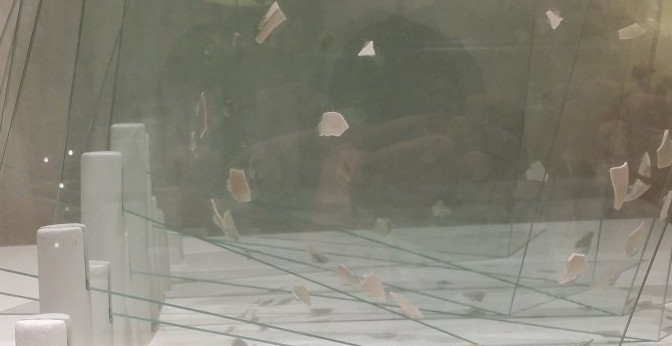
What You See Is Not What You Get (WYSINWYG)!
As a student studying Ceramics At RMIT University in the 1990’s there was a strong emphasis on the Studio tradition arising from the practice of English potters Bernard Leech, Shoji Hamada and Lucie Rie. Significantly linked to the Japanese Studio Pottery tradition.
I was strongly attracted to working with the clay itself particularly the dry and for me compellingly tactile characteristics of what we call Bisque Ware – low fired clay (1000 oC), not yet glazed. I felt that there was a significant emphasis in my training to make work that was glazed (essentially having a thin layer of glass on the surface) and that said work was not considered to be finished until it was glazed. Not being particularly in agreement with this position I set about engaging in a dialogue about the inherent alienation of the maker in having to cover the clay with glass.
I set about finding ways to “float ceramic pieces in glass boxes”.
I used what I knew of the study of Perception and Visual Psychophysics, from a Science degree (Psychology and Cell Biology) at Monash University.
I have produced work that in addition describing the alienation of the maker activates the viewer in ways that encourage the brain to complete objects that are not actually there.
per·cep·tion(pər-sĕp′shən)n. Recognition and interpretation of sensory stimuli based chiefly on memory. The neurological processes by which such recognition and interpretation are effected.
Gestalt Theory – The Gestalt Laws of Organisation

Continuity principle: oriented units or groups tend to be integrated into perceptual wholes if they are aligned with each other.
References
{1} www.users.totalise.co.uk/~kbroom/Lectures/3gs.htm Retrieved 8 February 2014.{2}, {3} Gestalt principles of form perception. Soegaard, Mads (2005). Retrieved 9 February 2014.
{4} www.users.totalise.co.uk/~kbroom/Lectures/gestalt.htm Retrieved 9 February 2014. {5} Dejan Todorovic (2008), Scholarpedia, 3(12):5345 Retrieved 8 February 2014.
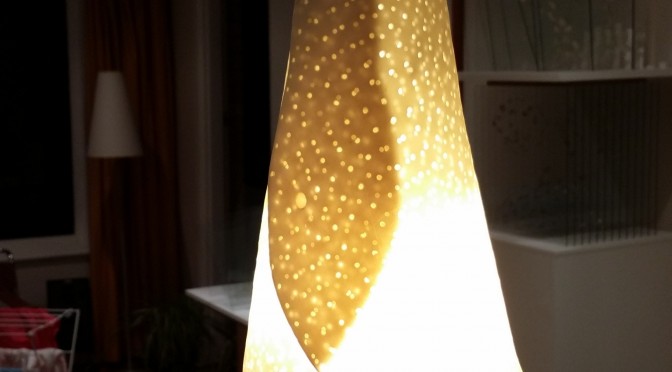
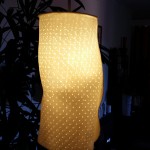
My greatest pleasure in making this work is to use porcelain in ways that give expression to the imperfect beauty and integrity of … material, process and human touch.
“Wabi-sabi is a beauty of things imperfect, impermanent, and incomplete. It is a beauty of things modest and humble. It is a beauty of things unconventional. … Things wabi-sabi are unstudied and inevitable looking. .. unpretentious. .. Their craftsmanship may be impossible to discern.”
-“Wabi-Sabi for Artists, Designers, Poets and Philosophers”, Leonard Koren, Imperfect Publishing, 1994.
I have been told that Japanese Master Potters will, after making perfect pots, add an imperfection to their work so as to reflect the imperfections found in nature.
“In the Japanese tea ceremony, the pottery items used are often rustic and simple-looking, with shapes that are not quite symmetrical, and colors or textures that appear to emphasize an unrefined or simple style. In fact, it is up to the knowledge and observational ability of the participant to notice and discern the hidden signs of a truly excellent design or glaze.”
-”http://en.wikipedia.org/wiki/Wabi-sabi”
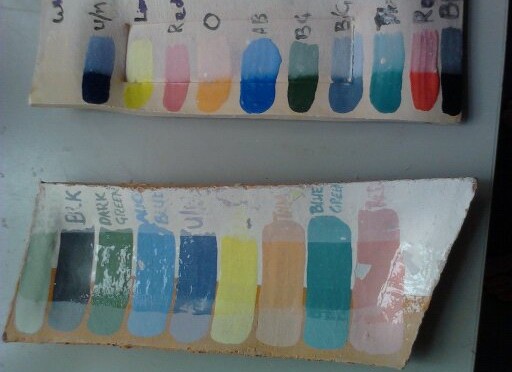
I am currently teaching a range of classes at
The Centre For Adult Education (CAE)
For class details: www.cae.edu.au/craft/ceramics
Bijoux Porcelain
We use porcelain to make small pieces for jewellery, buttons or unique gift tags. Thebeautiful milky whiteness of porcelain is complimented by the delicate beauty of Japanese Tissue Transfer decoration.
No experience requiredBijoux 2
An opportunity to put the skills from Bijoux Porcelain to further use or I can suggest more advanced exercises.
Bijoux Christmas
In this class we make porcelain gift tags, tree and table decorations. You will be able to easily make beautiful finished porcelain decorations with Japanese tissue transfer and porcelain. Adds a very personal touch to Christmas.
No experience requiredCeramics: Craft Your Way in Clay
A great introduction to clay and decoration. We use earthenware clay to make simple pots and plates. I will also take you through a few simple exercise to help you create your own painted designs.
Put together especially for those with no experience in clay or painting.
No experience required
Ceramic Hanging Planters
Learn the simple techniques required to make your own hanging planters. Also in the class you will find out where to get materials and have work fired so you can go on creating!